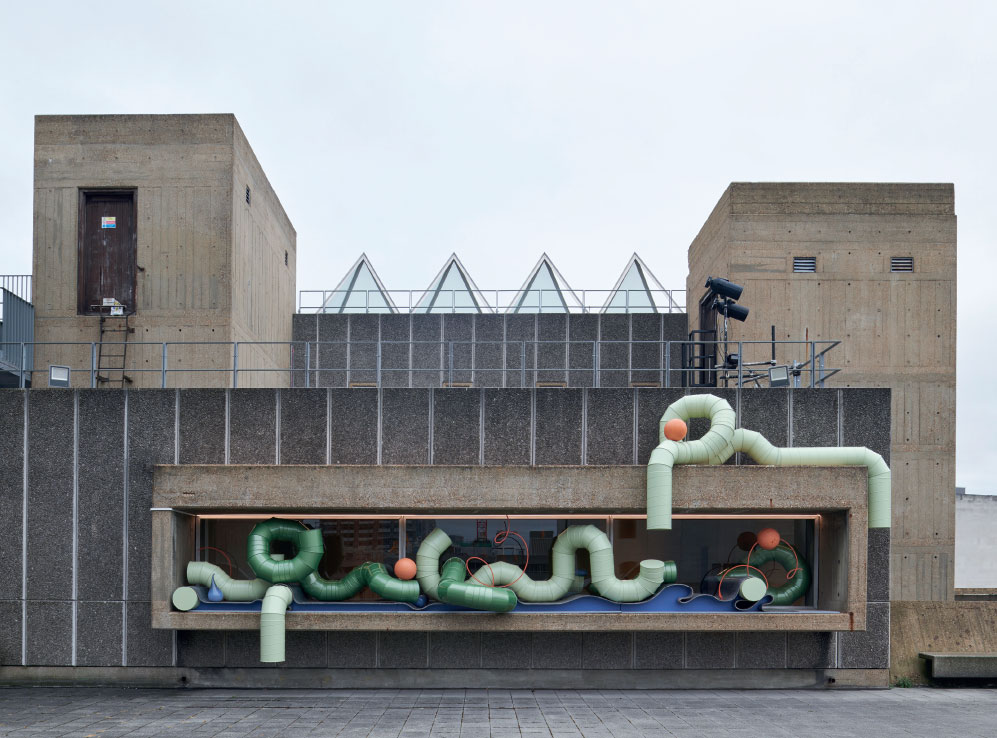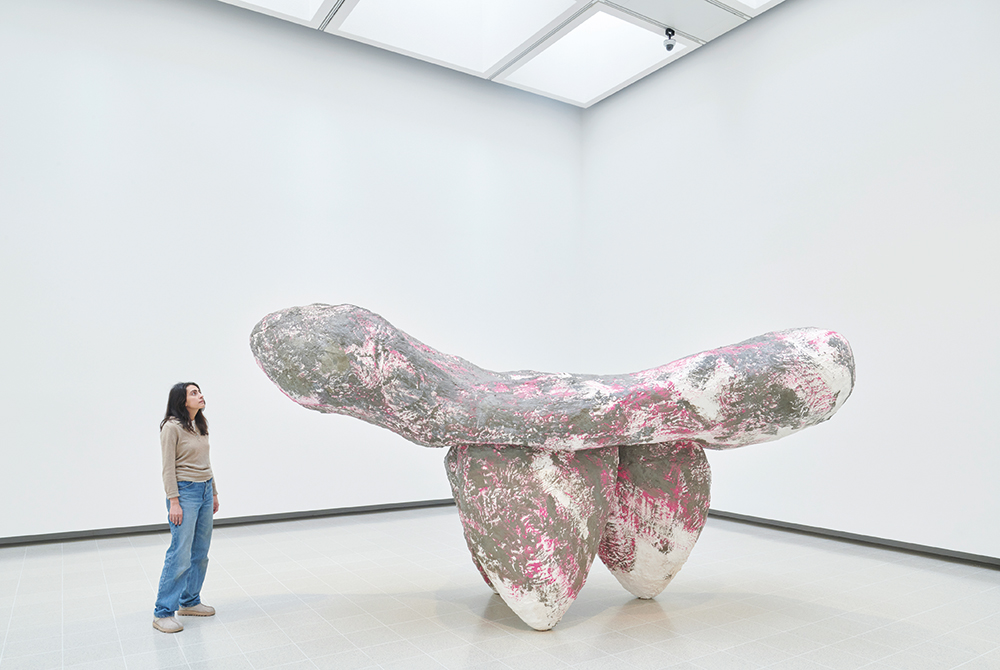In case you didn’t know, we live in a ‘post-minimalist’ age, sculpturally speaking. Not a maximalist age, though some of the works in the Hayward’s new sculpture show are huge – an age of revolution against neatness.
Who’s to blame for this call to disorder? Women. The two prime movers of this movement, if you can call it that, could not be more different, but both rebelled against minimalist geometry. As a student at Black Mountain College in the late 1940s, Ruth Asawa travelled to Toluca, Mexico, and saw villagers looping wire to make baskets for eggs. It struck her as a way of drawing in three dimensions and later, after becoming a mother of six, of working from home.
Some of the artists here seem to take a perverse delight in making their medium do the impossible
Over the years, her distinctive hanging ropes of lobed wire forms grew increasingly intricate and involuted, turning inside out so that smaller forms appeared nested within. Lynda Benglis, meanwhile, found a simpler way of subverting the rectilinear by sculpting with poured latex and polyurethane foam: ‘I like things to flow,’ she said. Both women took inspiration from the natural world: Benglis from the rivers, swamps and crawfish mounds of her native Louisiana; Asawa from ‘observing plants, the spiral shell of a snail, seeing light through insect wings, watching spiders repair their webs in the morning’.
The 19 other artists in this 60-year survey fall roughly into the camps of Benglis or Asawa. The Benglis tendency culminates in the lumbering, lopsided sculptures of Phyllida Barlow, defiantly dirty protests against clean lines that seem to shout: ‘Don’t ever call me aesthetic!’ The Asawa tendency expresses itself in a desire to elevate base materials through craft. In his ‘Blooming Matrix’ series (2018), Choi Jeong-hwa creates elegant ‘stupas’ from junk and industrial parts – a Shard-like pinnacle is assembled from faucet handwheels and a totem is composed of red plastic tubs and funnels – while Tara Donovan’s ‘Untitled (Mylar)’ (2011) is a glittering agglomeration of carefully furled pompoms of polyester film that spills out over the gallery floor like a froth of giant bubbles or a rampaging virus.








Comments
Join the debate for just £1 a month
Be part of the conversation with other Spectator readers by getting your first three months for £3.
UNLOCK ACCESS Just £1 a monthAlready a subscriber? Log in